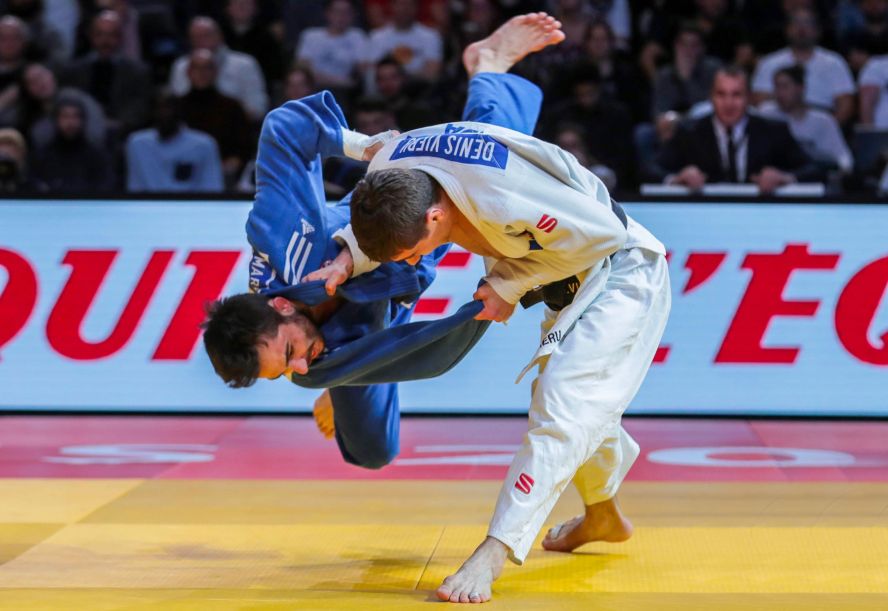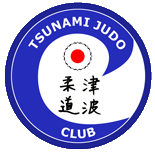How Japanese Judo Gave Rise to Brazilian Jiu Jitsu

JUDO IS the Japanese martial art that Brazilian Jiu Jitsu was derived from. Brazilian Jiu Jitsu is a grappling-based sport that focuses on ground fighting.
Judo was created in 1882 by Jigoro Kano, and Brazilian Jiu Jitsu was created in 1920 by Mitsuyo Maeda. Maeda was a student of Kano, and he brought Judo to Brazil.
In Brazil, Maeda taught the Gracie family, who eventually developed their own style of Jiu Jitsu called “Gracie Jiu Jitsu.”
The objective of the sport is to either submit your opponent or to gain a dominant position.
In order to do this, practitioners use a variety of techniques including joint locks and chokeholds.
Brazilian Jiu Jitsu is an effective self-defense system and has been used in mixed martial arts competitions with great success.
The History of Brazilian Jiu Jitsu
Brazilian Jiu Jitsu was created by the Gracie family in the early 1920s.
The Gracie family is responsible for making Jiu Jitsu popular in Brazil, and they are also responsible for spreading the art to the United States.
In 1993, the first Ultimate Fighting Championship (UFC) was held, and it featured Royce Gracie, a Brazilian Jiu Jitsu black belt.
Royce won the tournament, and after that, Jiu Jitsu became very popular in the US.
In the UFC, there are now many fighters who use Jiu Jitsu, and it has become one of the most popular martial arts in the world.
The family patriarch, Carlos Gracie, was taught Judo by Mitsuyo Maeda, who was himself a student of Judo founder Jigoro Kano.
Carlos Gracie passed on what he learned to his brothers Oswaldo, George, Gaston and Helio.
Helio Gracie was particularly small and weak, so he modified the techniques he had learned to suit his own body type and physical abilities.
He also placed a greater emphasis on ground fighting, as he believed this would give him a greater advantage over larger and stronger opponents.
Helio’s modifications to the art eventually gave birth to the sport of Brazilian Jiu Jitsu.
How Brazilian Jiu Jitsu Differs from Judo
There are several key differences between Brazilian Jiu Jitsu and Judo. Firstly, Judo focuses on throws and takedowns, while BJJ focuses on ground fighting and submissions.
Secondly, Judo uses a Gi (a uniform similar to those worn in karate), while BJJ does not. This means that there is less gripfighting in BJJ than there is in Judo.
Finally, BJJ has a greater emphasis on self-defense than Judo does. This is because BJJ was designed with the intention of being used in street fights rather than in competition.
Conclusion
So there you have it — a brief history of how Brazilian Jiu Jitsu came to be, and how it evolved from its Japanese “parent” Judo.
